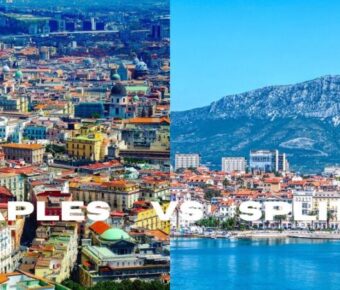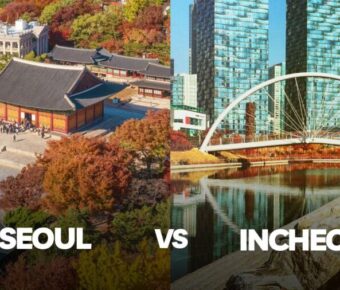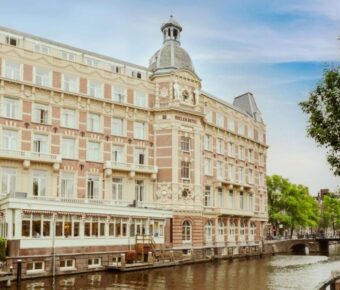
Corfu vs Naxos: Which Greek Paradise Matches Your Travel Style in 2025
Choosing between Corfu and Naxos comes down to two very different Greek island experiences. Corfu sits in the Ionian Sea off Greece’s northwest coast. It has lush green landscapes and a mix of Italian and British influences. Naxos rests in the heart of the Aegean Sea’s Cyclades islands. It is known for its white-washed buildings and traditional Greek charm.
Both islands offer distinct advantages. Corfu excels at package tourism and grand resorts, while Naxos shines with authentic Greek culture, family-run hotels, and some of Greece’s best beaches. The islands differ in their pace too. Corfu tends to be livelier and more developed, while Naxos keeps things low-key and traditional.
A traveler’s choice often depends on their style. Corfu appeals to those wanting established tourism infrastructure and easy flights from Europe. Naxos attracts visitors seeking a more genuine Greek experience with great local food, fewer crowds, and pristine beaches.
Contents
- Geography and Climate
- Understanding Ionian and Aegean Seas
- Seasonal Weather Patterns
- Culture and History
- Historical Landmarks of Corfu
- Naxos’ Historical Significance
- Cultural Events and Festivals
- Accommodation and Dining
- Luxury Stays and Gourmet Experience
- Budget-Friendly Options
- Local Food and Cuisine
- Activities and Nightlife
- Beach Activities and Water Sports
- Hiking Trails and Nature Exploration
- Nightlife and Entertainment
- Beaches and Natural Attractions
- Corfu’s Unique Beaches
- Naxos’ Sandy Shores
- Natural Beauty and Landscapes
- Travel Tips and Practical Information
- Navigating Island Transport
- Money-Saving Travel Hacks
- Cultural Etiquette and Customs
- Frequently Asked Questions
- What are the distinctive characteristics that set Corfu apart from Naxos for travelers?
- What attractions contribute to Corfu’s popularity among tourists?
- In terms of beaches and natural beauty, how do Corfu and Naxos compare?
- Which island offers a more authentic Greek experience, Corfu or Naxos?
- Considering food and gastronomy, how do culinary experiences differ between Corfu and Naxos?
- What cultural and historical experiences await visitors on Corfu and Naxos?
- More Travel Guides
Geography and Climate
The islands of Corfu and Naxos sit in different seas around Greece, giving them distinct landscapes and weather patterns. Both islands feature stunning beaches and mountains, but their locations create unique experiences for visitors.
Understanding Ionian and Aegean Seas
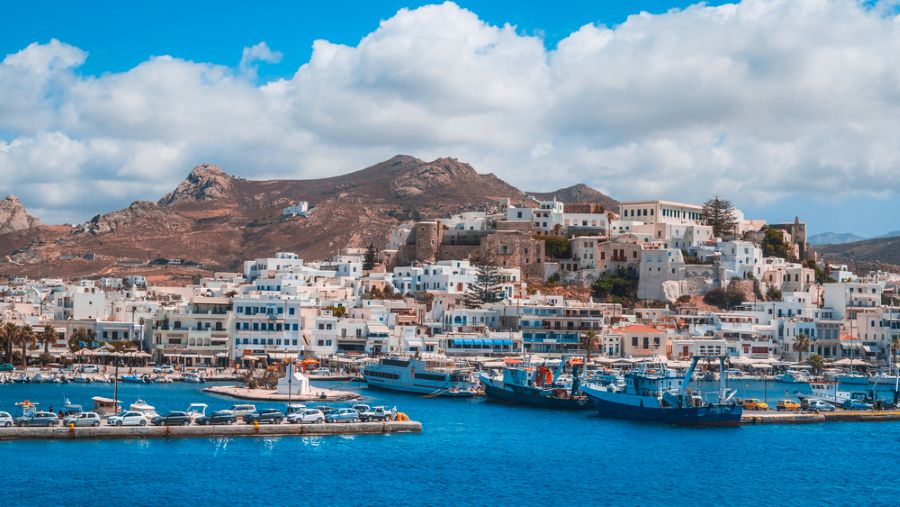
Corfu rests in the Ionian Sea, off Greece’s northwest coast. It’s the second-largest of the Ionian Islands, with a lush, green landscape shaped by higher rainfall. The island’s coastline stretches about 217 kilometers, featuring a mix of sandy beaches and dramatic cliffs.
Naxos lies in the heart of the Aegean Sea as part of the Cyclades island group. It’s the biggest Cycladic island, known for its mountainous center dominated by Mount Zeus. The island’s western side offers long stretches of sandy beaches, while the eastern coast features more rugged terrain.
Seasonal Weather Patterns
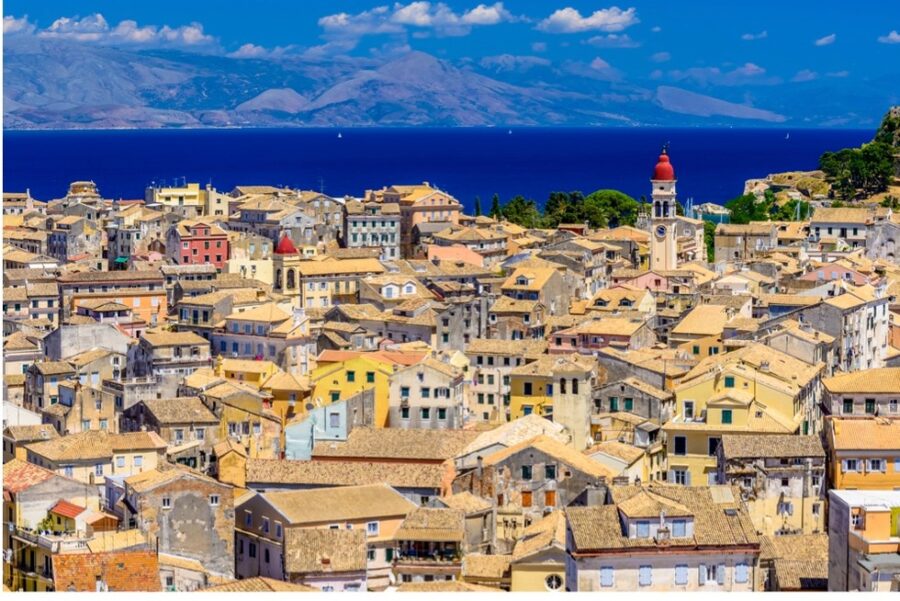
The Ionian Sea gives Corfu milder temperatures and more rain than many Greek islands. Winter temperatures stay around 10°C (50°F), while summer highs reach about 32°C (90°F). The island gets most of its rain between October and March.
Naxos enjoys the typical Cycladic climate with hot, dry summers and mild winters. Summer temperatures range from 25-35°C (77-95°F). Strong winds called meltemi blow through in July and August, making it popular for windsurfing.
The seas around both islands stay warm enough for swimming from May through October. Water temperatures peak in August at about 25°C (77°F).
Culture and History
Both Corfu and Naxos overflow with deep historical roots and rich cultural traditions shaped by centuries of different civilizations. These islands tell fascinating stories through their architecture, festivals, and ancient ruins.
Historical Landmarks of Corfu
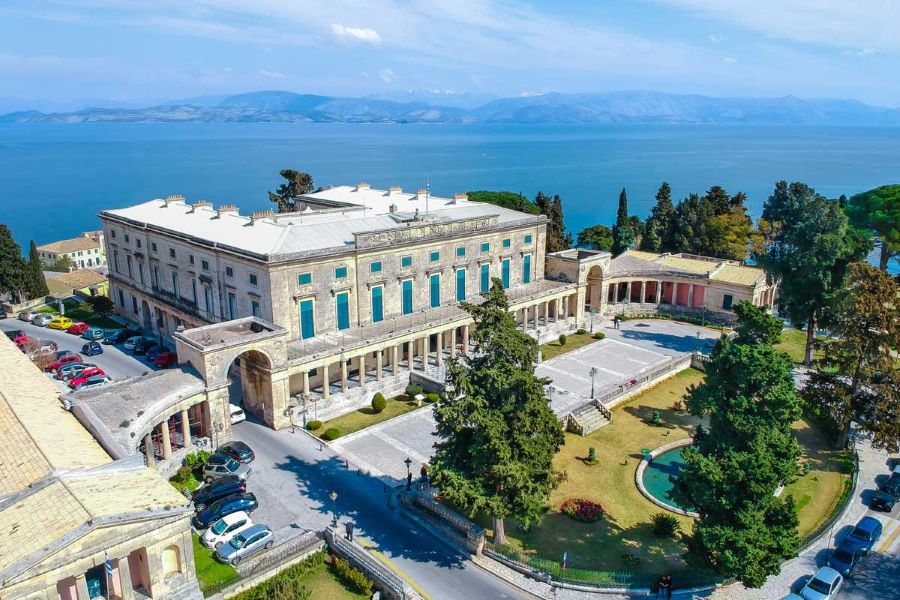
The Old Town of Corfu stands as a UNESCO World Heritage site, showing off its Venetian influence through grand palaces and fortifications. The Old Fortress, built by the Venetians in the 15th century, towers above the town’s eastern edge.
The Palace of St. Michael and St. George displays stunning British colonial architecture. Built in the early 19th century, it now houses the Museum of Asian Art.
The Church of Saint Spyridon, with its tall red-domed bell tower, keeps watch over the old town. This sacred place holds the remains of the island’s patron saint.
Naxos’ Historical Significance
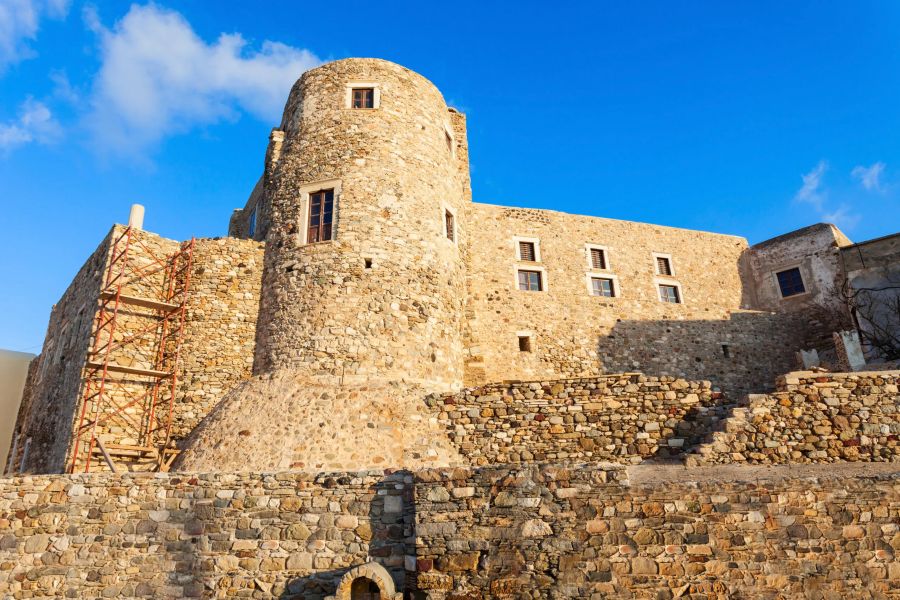
The massive Portara gateway stands on Palatia islet, greeting visitors as they approach Naxos harbor. This marble doorframe is all that remains of an unfinished temple to Apollo from 530 BCE.
The Venetian Castle in Naxos Town dates from the 13th century. Its winding paths lead past medieval mansions and tiny Byzantine churches.
Ancient marble quarries dot the island’s landscape. These sites supplied stone for famous Greek sculptures and buildings, including the Portara itself.
Cultural Events and Festivals
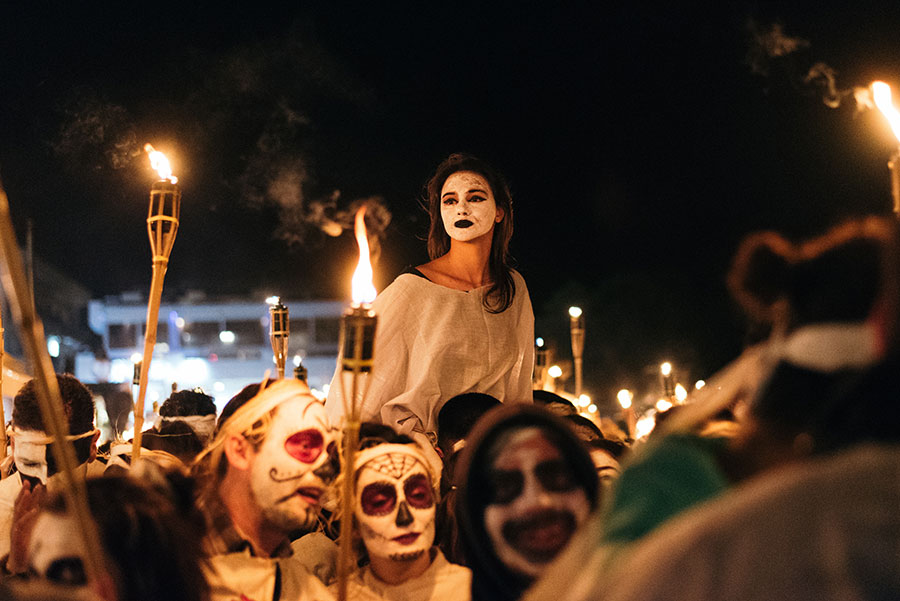
Corfu’s Easter celebrations mix Orthodox traditions with unique local customs. The highlight comes when people throw clay pots from their windows on Holy Saturday.
The Naxos Festival fills summer nights with music and dance performances at the Tower of Bazeos, an old fortress turned cultural venue.
Both islands celebrate their patron saints with processions and feasts. Corfu honors Saint Spyridon four times yearly, while Naxos celebrates the Virgin Mary on August 15th with island-wide festivities.
Local food festivals showcase each island’s specialties. Corfu features dishes with Venetian influences, while Naxos highlights its famous cheeses and potato dishes.
Accommodation and Dining
Both islands offer diverse places to stay and eat, ranging from budget-friendly guesthouses to luxurious resorts, plus amazing local food scenes shaped by their unique locations and traditions.
Luxury Stays and Gourmet Experience
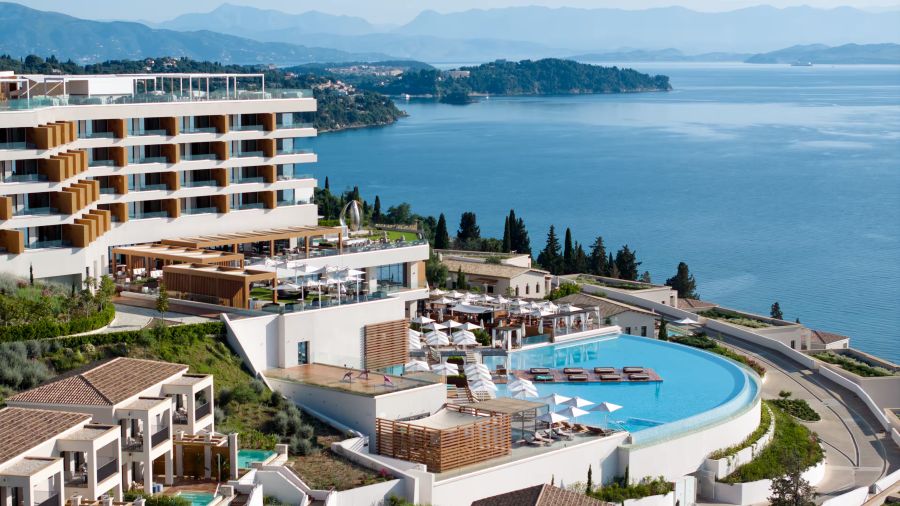
Corfu shines with elegant 5-star beachfront resorts, many housed in restored Venetian mansions. The island’s luxury hotels often feature private beaches, infinity pools, and spas. Many high-end properties cluster around Paleokastritsa and Dassia Bay.
Naxos matches with boutique hotels in converted stone buildings near Naxos Town. These intimate properties blend traditional Cycladic architecture with modern comforts. Most luxury stays include rooftop restaurants serving fresh seafood and local wines.
Both islands’ top restaurants emphasize Mediterranean fine dining. Skilled chefs transform local ingredients into creative dishes. Fresh-caught fish, aged cheeses, and estate-grown olive oils star on upscale menus.
Budget-Friendly Options
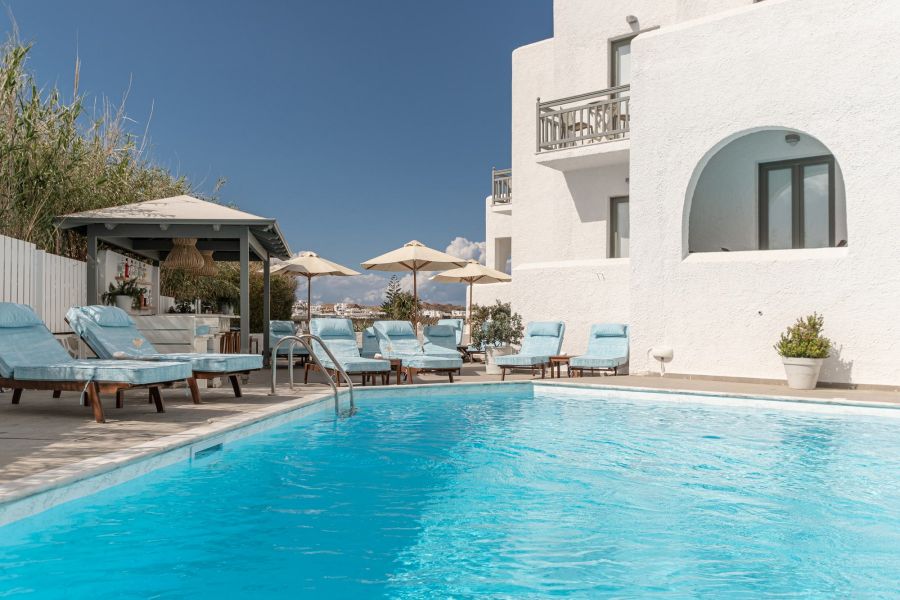
Naxos wins for affordable stays. Simple family-run guesthouses and small hotels fill the streets of Naxos Town. Clean, basic rooms start at €40-60 per night in peak season.
Corfu offers good budget choices too, especially in Sidari and Kavos. Many small hotels include breakfast and pool access. Apartment rentals work well for longer stays or groups.
Both islands have plenty of casual tavernas serving big portions at fair prices. Street food like souvlaki and gyros costs €3-5 per meal.
Local Food and Cuisine

Corfu’s cuisine blends Greek and Italian influences. Must-try dishes include pastitsada (spiced beef with pasta) and sofrito (veal in wine sauce). The island produces excellent olive oil and kumquat liqueur.
Naxos stands out for its farm-fresh ingredients. The island makes amazing cheeses like arseniko and graviera. Local specialties include roasted potatoes grown in mineral-rich soil.
Fresh seafood stars on both islands. Grilled octopus, fish soup, and salt cod appear on most menus. Small fishing boats supply restaurants daily with the catch.
Activities and Nightlife
Both islands deliver plenty of activities and entertainment options for every type of traveler, from laid-back beach days to pulse-racing water sports and buzzing nightlife scenes.
Beach Activities and Water Sports
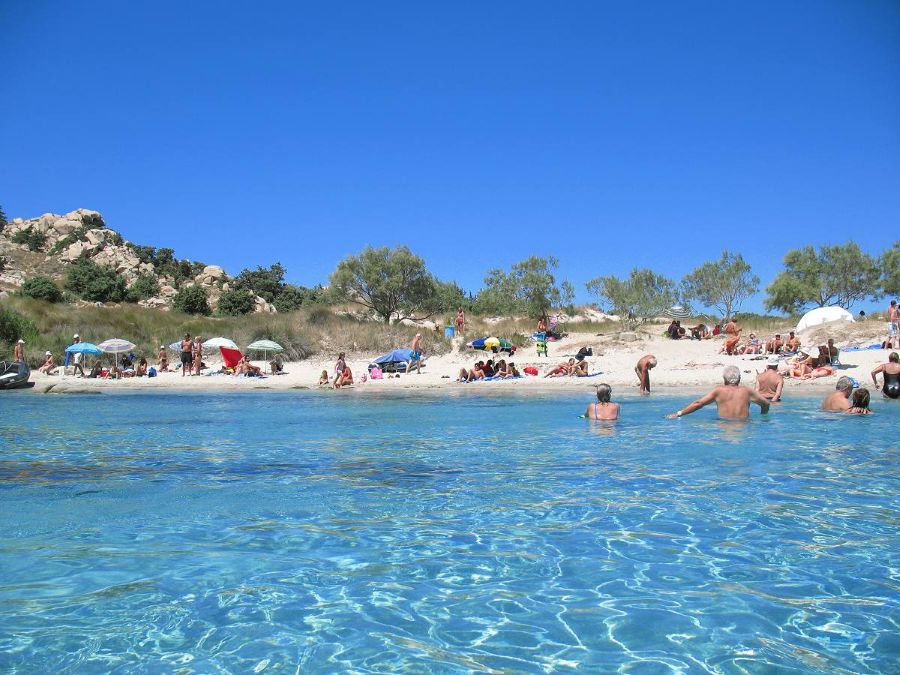
Naxos stands out as one of Greece’s top spots for windsurfing and kitesurfing due to its steady winds and crystal-clear waters. The long stretch of Mikri Vigla beach draws water sports enthusiasts from around the world. You’ll find several surf schools offering lessons for beginners.
Corfu’s beaches cater more to traditional water activities like swimming, snorkeling, and paddleboarding. Paleokastritsa Bay is perfect for exploring hidden caves by boat or kayak. Many beaches here offer water sports and beach bars.
Both islands have excellent spots for families. Agios Prokopios in Naxos offers calm, shallow waters. Glyfada Beach in Corfu provides full-service facilities and beach clubs.
Hiking Trails and Nature Exploration
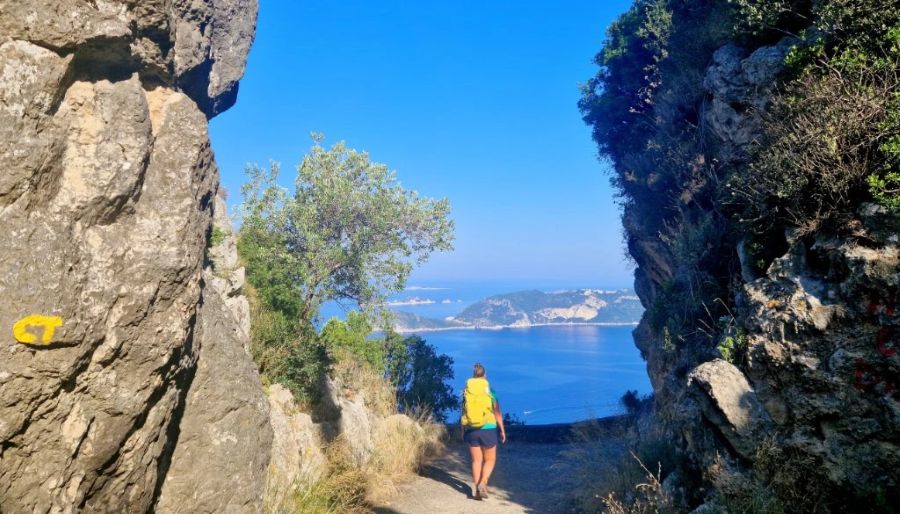
Naxos features well-marked hiking paths connecting mountain villages. The trail to Mount Zeus, the highest peak in the Cyclades, rewards hikers with stunning views across the Aegean Sea. Ancient marble quarries and Byzantine churches dot the routes.
Corfu’s green landscape creates different hiking experiences. The Corfu Trail stretches 220km across the island through olive groves and cypress forests. Shorter walks lead to hidden beaches and viewpoints along the dramatic west coast.
Spring and fall bring the best hiking conditions on both islands. Each offers guided nature walks to learn about local flora and fauna.
Nightlife and Entertainment
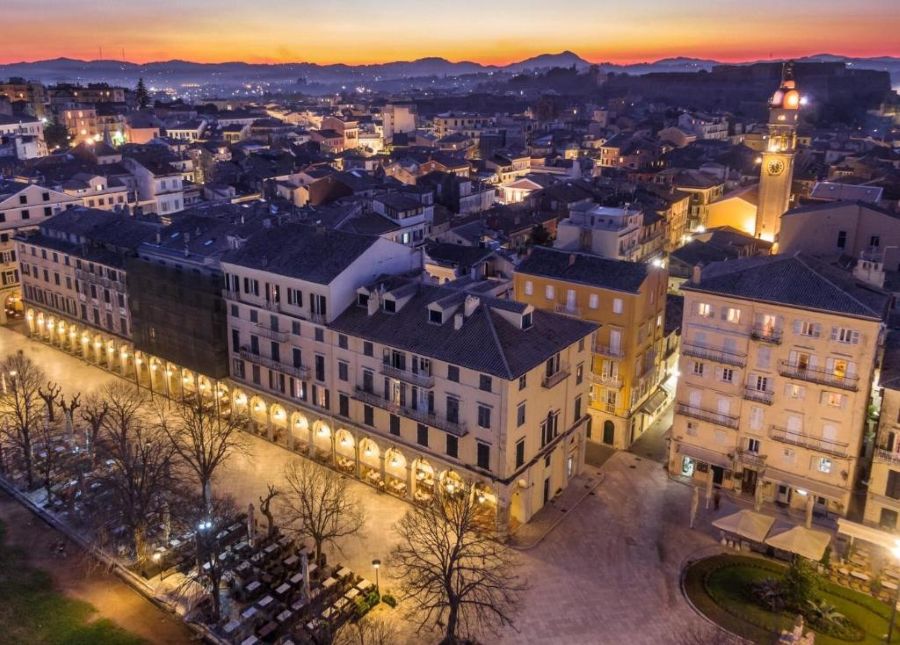
Corfu Town pulses with energy after dark. The maze of streets fills with music from bars and clubs staying open until sunrise. Liston promenade becomes the place to see and be seen, with cocktail bars and live music venues.
Naxos offers a more relaxed evening scene. The harbor area of Naxos Town comes alive with seaside tavernas and wine bars. Local venues host traditional Greek music nights and occasional beach parties during high season.
Beach clubs dot both islands’ popular shores. Corfu attracts international DJs to its larger venues, while Naxos keeps things low-key with sunset beach bars and casual lounges.
Beaches and Natural Attractions
Both Greek islands offer stunning coastlines and natural wonders, but each has its own distinct character shaped by geography and climate.
Corfu’s Unique Beaches
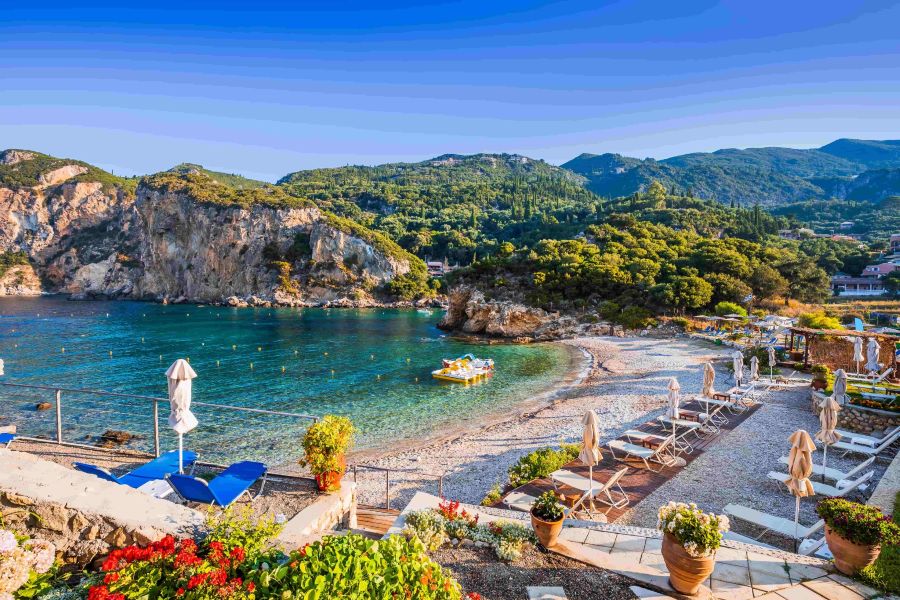
Paleokastritsa Beach stands out with its emerald waters and dramatic rocky cliffs. The beach’s sheltered coves create perfect spots for swimming and snorkeling.
The west coast features long stretches of golden sand at beaches like Glyfada, where pine forests meet the shore. Many beaches here offer water sports and beach bars.
Canal d’Amour near Sidari amazes visitors with its unique rock formations. The smooth sandstone creates natural tunnels and pools perfect for photos.
Naxos’ Sandy Shores
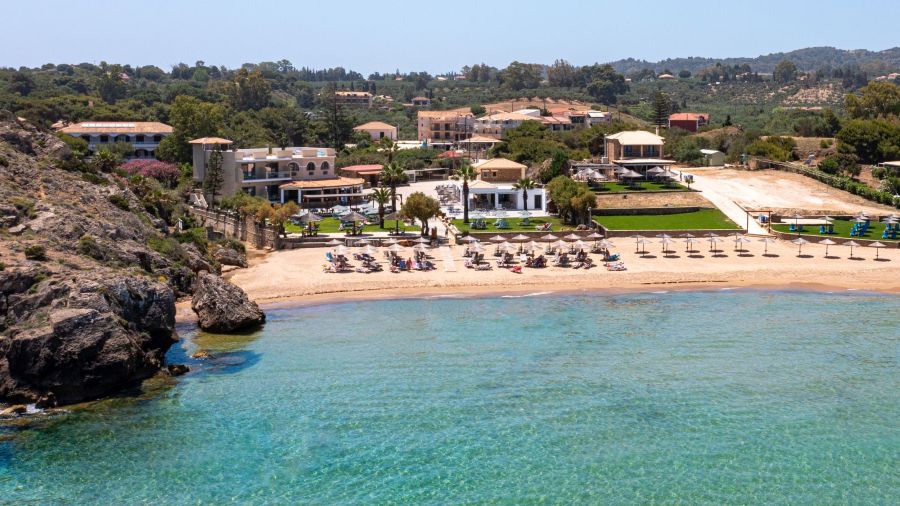
Plaka Beach stretches for nearly 4 km with soft white sand and crystal-clear waters. The gentle slope makes it ideal for families with small children.
Agios Prokopios ranks among Greece’s best beaches with its pristine blue waters and golden sand. The beach offers excellent facilities while maintaining its natural beauty.
Mikri Vigla attracts windsurfers thanks to its steady winds and split personality – one side calm, the other perfect for water sports.
Natural Beauty and Landscapes
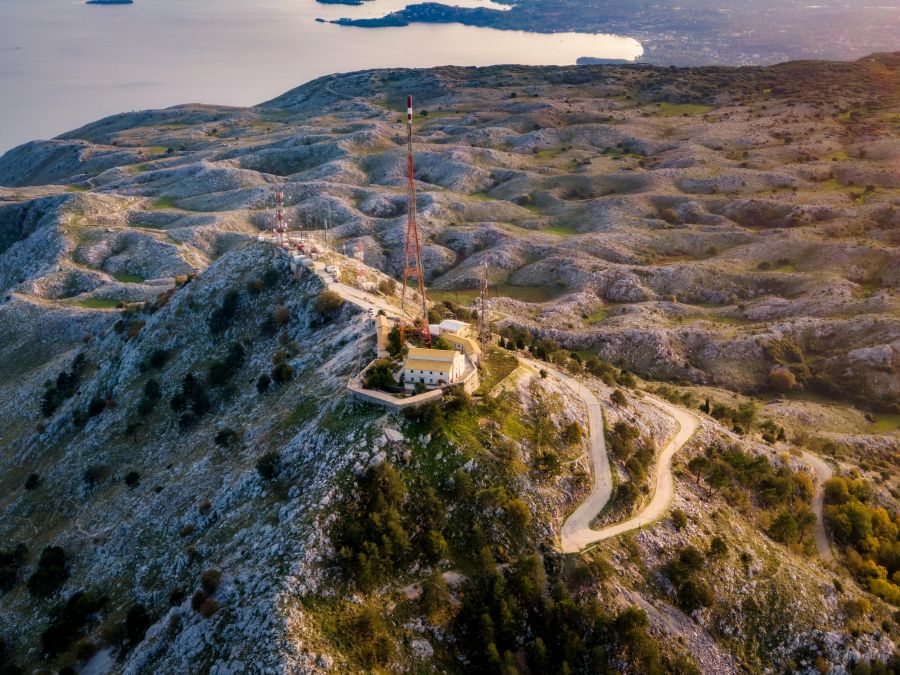
Corfu shines with its green hills and olive groves. The island’s interior features cypress trees and wildflowers, especially beautiful in spring.
Mount Pantokrator offers panoramic views across Corfu and even to Albania on clear days. The walking trails here pass through traditional villages and ancient monasteries.
Naxos boasts Mount Zeus, the highest peak in the Cyclades. The marble quarries and fertile valleys create a diverse landscape unlike other Greek islands.
Cedar forests touch the sand dunes on parts of Naxos’ coast. This rare ecosystem adds to the island’s natural charm.
Travel Tips and Practical Information
Getting around these stunning Greek islands requires smart planning and local knowledge to make the most of your visit and avoid common tourist pitfalls.

Buses are the main public transport on both islands. Naxos runs a reliable bus network from Naxos Town to popular beaches and villages. Tickets cost €2-4 per ride.
Renting a car gives more freedom to explore hidden spots. Book vehicles through trusted travel sites at least 2 weeks ahead in peak season.
Taxis operate with fixed rates in tourist zones. Always confirm the price before getting in. A typical 10-minute ride costs €10-15.
Water taxis connect beaches in Corfu during summer months. These small boats charge €5-8 per person for short hops between coastal areas.
Money-Saving Travel Hacks
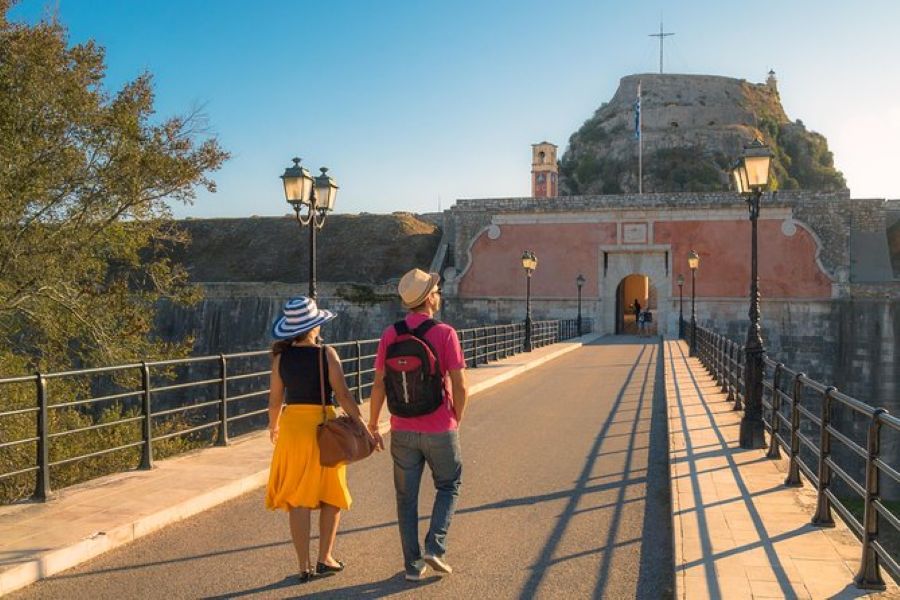
Visit in May or October for lower prices and fewer crowds. Hotel rates drop by 30-40% compared to peak season.
Buy multi-day ferry passes if island hopping. The savings add up fast when visiting multiple islands.
Local tavernas away from tourist strips serve better food at half the price. Look for places where Greek families eat.
Pack a water bottle and snacks. Beach bars charge premium prices for basics.
Cultural Etiquette and Customs
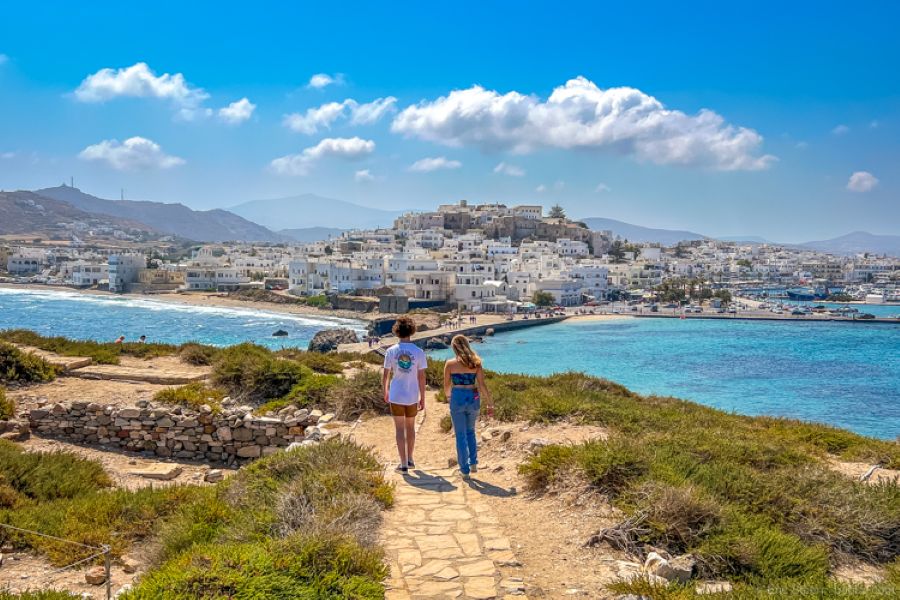
Greeks eat dinner late, usually after 8 PM. Many restaurants look empty earlier because locals haven’t arrived yet.
Dress modestly when visiting churches. Cover shoulders and knees out of respect.
Learn a few Greek phrases. Simple words like “kalimera” (good morning) and “efharisto” (thank you) go a long way.
Tipping is expected but not excessive. Round up taxi fares and add 10% at restaurants.
Service can seem relaxed compared to other countries. This reflects the laid-back island culture rather than poor service.
Frequently Asked Questions
Both Corfu and Naxos draw travelers with their distinct personalities and rich offerings. Each island shines with its own mix of beaches, culture, and authentic Greek charm.
What are the distinctive characteristics that set Corfu apart from Naxos for travelers?
Corfu stands out with its lush green landscapes and strong Italian influences in its architecture. The island is bigger and more developed for tourism than Naxos.
Naxos keeps a more traditional Greek island feel with its white-washed buildings and laid-back atmosphere. The island stays quieter even during peak season.
What attractions contribute to Corfu’s popularity among tourists?
The stunning Venetian architecture and winding cobblestone streets in Corfu Town’s UNESCO-listed Old Town draw many tourists. History buffs also visit the famous Achilleion Palace.
Families and party-seekers love the island’s waterparks, organized beaches, and vibrant nightlife spots.
In terms of beaches and natural beauty, how do Corfu and Naxos compare?
Corfu’s western coast features dramatic cliffs and sandy beaches backed by green hills. On the other hand, the eastern shore offers calmer waters and organized beach facilities.
Naxos boasts some of Greece’s best sandy beaches, like Plaka and Agios Prokopios. The island’s mountains and valleys also create amazing hiking opportunities.
Which island offers a more authentic Greek experience, Corfu or Naxos?
Naxos maintains stronger ties to traditional Greek island life. Its mountain villages still practice ancient customs and crafts.
Corfu’s culture blends Greek, British, French and Italian influences. This mix creates a unique atmosphere different from typical Greek islands.
Considering food and gastronomy, how do culinary experiences differ between Corfu and Naxos?
Corfu’s cuisine shows strong Italian and French influences. Local specialties include pastitsada (spiced meat with pasta) and sofrito (veal in wine sauce).
Meanwhile, Naxos takes pride in its local cheese production, especially graviera. The island’s potatoes are also famous throughout Greece for their taste.
What cultural and historical experiences await visitors on Corfu and Naxos?
Corfu’s fortresses, palaces, and museums bring its history to life. The island hosted empires from Ancient Greece to British rule.
Naxos offers ancient temples, Venetian castles, and traditional marble workshops. The iconic Portara gate stands as a symbol of the island’s rich past.
